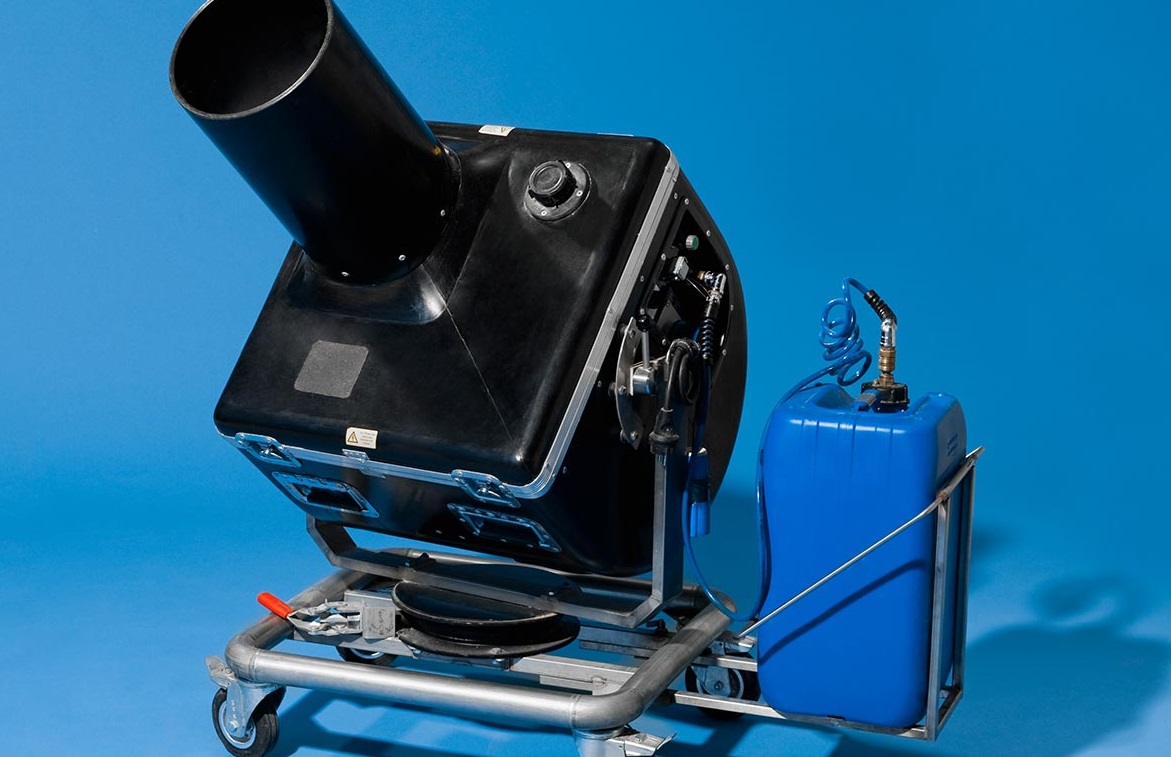If you have watched or viewed the slopes yourself at the Winter Olympics, it is likely that a significant part of the snow, while created by robots, you have seen is uncommon. How, then? All snow is some form of ice jewel, but the rendered snow via fake snow machine has a special shape. Natural snow starts life as fume flakes, skimming high in the climate, at temperatures at or below the edge of zero.
When the smoke experiences the “nucleator”—usually any particles or residue—it turns out to be solid from a gas. In all, it frosts and frames a cube of delicate 6-sided ice shaped like a hexagon: a baby snowflake. This precious stone finds more atoms of water fume that add and freeze on a long-term basis. It is a perfect ice precious stone cross-section, bit by bit. The snowflake is 6-sided since the particles usually attach in the hexagonal shape of the ice gem. However, not every snow behaves like a snowflake-like freezing, dry air offers little fine drops, which are not left together – uncommon for powder skiing. On a hot day, bits melt around the edges and frame a wet tacky day off.
Dive Deep Into How Fake Snow Machine Make Snow
Natural snow is something our world has experienced for billions of years, but the skiing industry continues to invent to take its own, considering the risky divergence from the atmosphere.
Giant hoses are the earliest fake snow machine. These machines are ready to increase snow efficiency, with each temperature or dampness change, local climate control stations, adjustable spouts, and complex programming. The spear snow guns and fan snow guns are two primary styles of snowmaking machinery. The other hand is a fan snow arm that looks like a goliath hairdryer with a middle fan and a metal teeth-ringed outlet. Most of the teeth are tiny spouts, showering fine water drops. The spouts which act as nucleators are formed among them.
Similarly, with a day off, snow arms in water drops require some support from a molecule to continue the freezing period. However, the mechanical nucleator allows small ice crystals for the job, rather than releasing residue or ashes. Compact air is fired in the flow, where water is met and separated into tiny drops. The unforeseen failure of the pressing element burgles the warmth arrangement, rapidly refreshing the water into a tiny pellet of Ice – a snow seed. The Goliad fan is moving the seeds in the air through the fragile fog of the drops of vapor. When the beads feel the seed, they adhere to it and freeze. A large amount of time needs to go by to freeze a snow gem, which is why a fake snow machine is supposed to put their cool shots in the air.


Comments are closed.